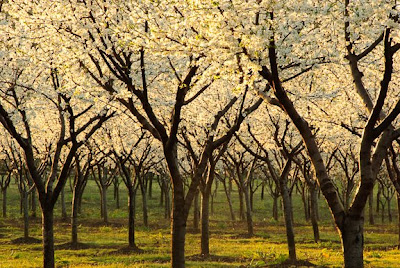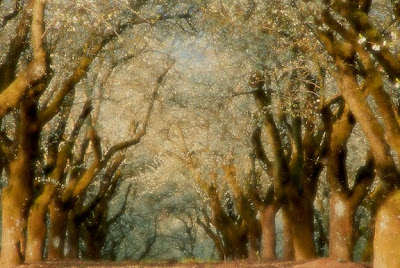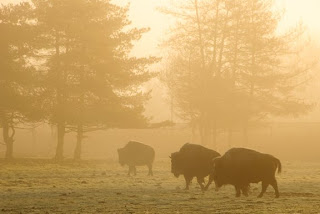 billowing look of the orchards. I use the term “appropriate light” which is a phrase I learned from Brenda Tharp’s writings. This term is all about finding the light that is right for your subject. It may or may not be sunrise or sunset light (“the golden hours”). It may be diffused light from a cloudy day or even mid-day sun (Ansel shot a lot or work then). That all said, there may more than one type of light that works well. The second image is a back lit view of an orchard which is still quite nice.
billowing look of the orchards. I use the term “appropriate light” which is a phrase I learned from Brenda Tharp’s writings. This term is all about finding the light that is right for your subject. It may or may not be sunrise or sunset light (“the golden hours”). It may be diffused light from a cloudy day or even mid-day sun (Ansel shot a lot or work then). That all said, there may more than one type of light that works well. The second image is a back lit view of an orchard which is still quite nice. that if you find a good subject go back again and again – work it. I had actually decided not to go back any more this week when I saw the light morning fog. I went back and I am glad I did.
that if you find a good subject go back again and again – work it. I had actually decided not to go back any more this week when I saw the light morning fog. I went back and I am glad I did.









 As you probably have noticed I have used
As you probably have noticed I have used 








